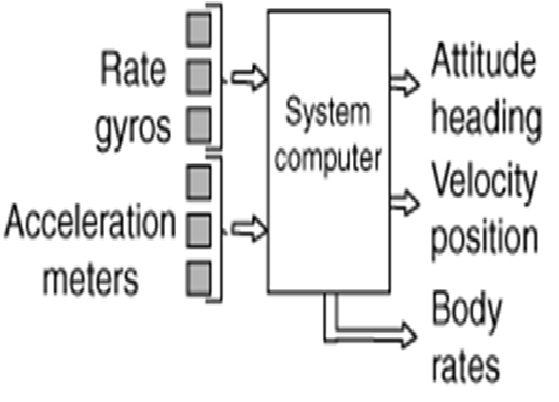Published on Jun 05, 2023
Cruise Missile Technology
A cruise missile is basically a small, pilotless airplane. Cruise missiles have an 8.5-foot (2.61-meter) wingspan, are powered by turbofan engines and can fly 500 to 1,000 miles (805 to 1,610 km) depending on the configuration. A cruise missile's job in life is to deliver a 1,000-pound (450-kg) high-explosive bomb to a precise location -- the target. The missile is destroyed when the bomb explodes. Cruise missiles come in a number of variations and can be launched from submarines, destroyers or aircraft.
Cruise missiles generally consist of a guidance system , payload , and propulsion system , housed in an airframe with small wings and empennage for flight contro. Payloads usually consist of a conventional warhead or a nuclear warhead . Cruise missiles tend to be propelled by a jet engine , turbofan engines being preferred due to their greater efficiency at low altitude and sub-sonic speed.
Inertial navigation system
An inertial guidance system is one that is designed to fly a predetermined path. The missile is controlled by self-contained automatic devices called accelerometers.Accelerometers are inertial devices that measure accelerations. In missile control, they measure the vertical, lateral, and longitudinal accelerations of the controlled missile (Ref. fig. 6) .Although there may not be contact between the launching site and the missile after launch, the missile is able to make corrections to its flight path with amazing precision. During flight, unpredictable outside forces, such as wind, work on the missile, causing changes in speed commands. These commands are transmitted to the missile by varying the characteristics of the missile tracking or guidance beam, or by the use of a separate radio uplink transmitter.
This data is taken by onboard computers and converted onto precise position of the missile.Lately, however, inertial systems have been combined with GPS (Global Positioning System) to navigate missiles more accurately. However, even with the best inertial systems available, missiles suffer from a phenomenon called drift. This is measured in distance (meters) per hour. For example, during the making of the Tomahawk Cruise missiles it was determined that even with the inertial navigation system, it would have a drift of 900 meters per hour. This essentially means that if the missile flew for one hour, it could miss the target by as much as 900 meters! Further, while ICBMs travel at sonic and supersonic speeds, smaller Cruise's speed was subsonic. So, the chances of missing the target are higher.
Early cruise missiles did not have the mapping satellites to draw information from, and there were plans to use a TERCOM-like system based on photographs rather than elevations. A series of photographs taken from surveillance aircraft were put into a carousel in the missile, which were selected at timed intervals and imaged using a television camera( Ref. fig 9). Another camera took pictures out of the bottom of the missile, imaged onto a similar display. A computer compared the two displays and attempted to line up areas of high contrast, similar to the contrast seekers used in the Maverick missile, and the offsets needed to align the two images could be decoded into a location and heading. However, this system proved to be very slow, and no such system was ever employed operationally, its role being taken up by TERCOM.

Related Seminar Topics
- Turbofan Engine
- Ultrasonic Metal Welding
- Vacuum Braking System
- Variable Valve Timing In I.C
- Waterjet Cutting
- Welding Robots